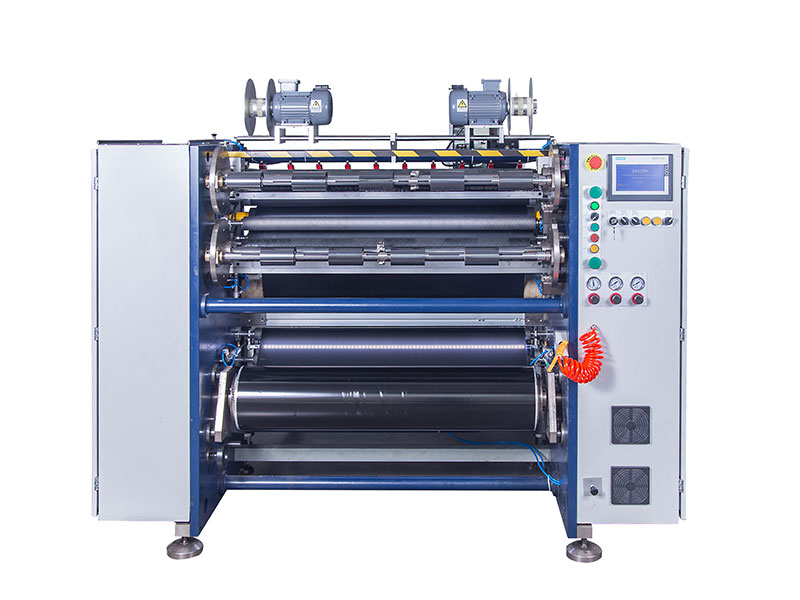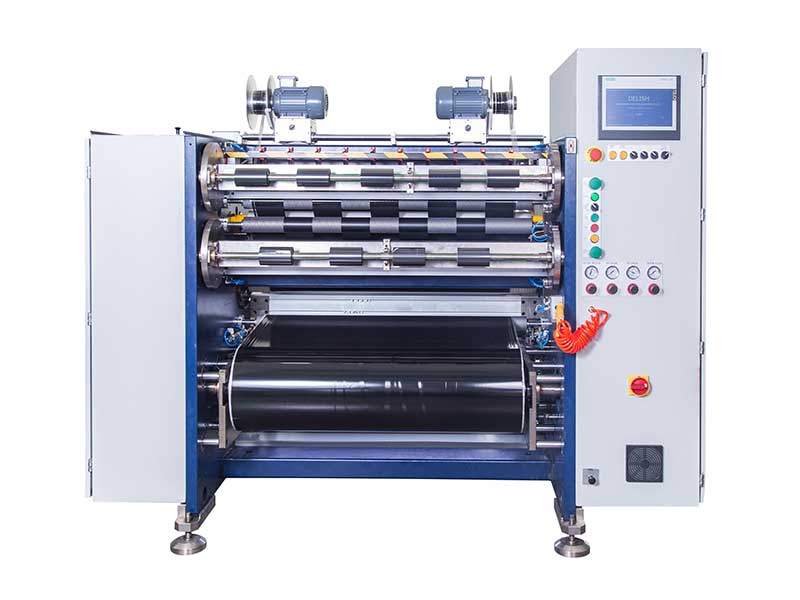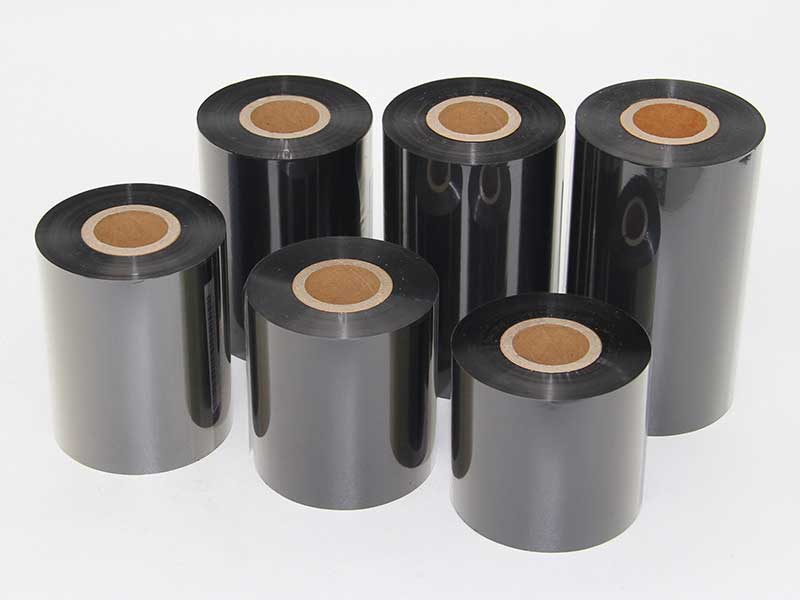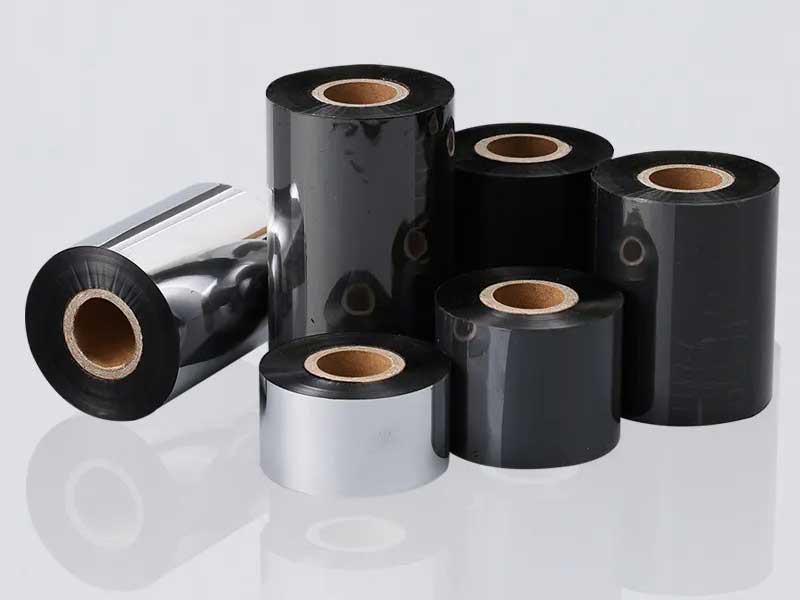The new challenges faced by the ribbon slitting industry in terms of ultra-thin materials and high-temperature resistance are mainly due to the increasing requirements for high-performance materials in downstream applications such as electronics, automotive, aerospace, etc. Here's an in-depth analysis of these two challenges and how to address them:

First, challenges and solutions to ultra-thin material slitting
Core Challenges:
1. Mechanical strength and stability
◦ Ultra-thin ribbons (e.g., thickness < 10μm) have low tensile strength, and are easy to break, wrinkle or burr during slitting, which affects the yield rate.
◦ The slitting tension control accuracy needs to reach ±0.1N level, which is difficult to meet with the traditional mechanical tension system.
2. High slitting accuracy requirements
◦ The electronics industry requires a slitting width tolerance of ≤±.05mm (e.g., ribbons for flexible circuits), and tool wear and equipment vibration directly affect accuracy.
3. Changes in material properties
◦ Ultra-thinning may lead to changes in the thermal and electrical conductivity of carbon tape substrates (such as polyimide PI), and heat accumulation during slitting may cause material deformation.
Technical response direction:
• High-precision slitting equipment
◦ Adopt air-suspended slitting knife + laser real-time correction system to reduce deformation caused by physical contact.
◦ Magnetic levitation tension control technology to achieve nano-level dynamic adjustment.
• Tool optimization
◦ Use diamond-coated tools or ceramic tools to extend life and reduce thermal distortion (e.g., Mitsubishi's Nano coating technology).
• Process innovation
◦ Low temperature slitting (with liquid nitrogen cooling) to suppress thermal stress;
◦ Pre-applied protective films, such as temporary silicone coatings, enhance material rigidity during slitting.

Second, challenges and breakthroughs in the demand for high temperature resistance
Core Challenges:
1. The temperature resistance limit of the material
◦ Conventional PET ribbons are only 120-150°C, while automotive electronics (e.g., engine perimeter sensors) require long-term resistance of more than 200°C.
2. Performance attenuation in high temperature environment
◦ The conductive layer of carbon ribbon (such as silver paste) is easy to oxidize at high temperature, and the resistivity increases; The adhesive may fail by carbonization.
3. Slitting process adaptability
◦ High-temperature resistant materials (such as PI and PEEK) have high hardness, fast tool wear during slitting, and are easy to generate electrostatic adsorption debris.
Technical response direction:
• Development of new substrates
◦ Polyphenylene sulfide (PPS) or modified polyimide (PI) can withstand temperatures up to 250-300°C (e.g., DuPont Kapton® MT series).
◦ Inorganic-organic hybrid coatings (e.g., sol-gel deposition of SiO₂) improve oxidation resistance.
• Conductive layer optimization
◦ Silver nanowires (AgNWs) + graphene composite conductive layer to reduce the rate of change of resistance at high temperature (experimental data show that the resistance drift is <5% at 200°C).
• Slitting environmental control
◦ Clean room + ionized air electrostatic elimination system to prevent dust pollution during slitting of high-temperature materials;
◦ Infrared online temperature measurement + adaptive cooling module to avoid local overheating.

Third, suggestions for collaborative innovation in the industrial chain
1. Upstream material cooperation
◦ Cooperate with chemical companies (such as Toray and Cologne) to develop customized substrates to balance ultra-thin and high-temperature resistance.
2. Intelligent upgrade of equipment
◦ Introduction of AI slitting parameter optimization system (e.g. prediction of tool wear cycle based on historical data).
3. Standard system construction
◦ Promote industry testing standards for ultra-thin, high-temperature ribbons (e.g., UL 746E high-temperature aging certification).
Fourth, future trends
• Composite function requirements: ultra-thin + high temperature resistance + stretchable (for flexible electronics).
• Green manufacturing: Water-based ribbon coating technology reduces VOCs emissions during high-temperature slitting.
Through the cross-innovation of material science, precision machinery and intelligent technology, the ribbon slitting industry is expected to achieve breakthroughs in high-end applications. Enterprises need to accelerate the layout of R&D investment and industry-university-research cooperation to cope with the increasingly stringent market demand.

it uses precise cutting to cut out a more economical, more efficient and more environmentally friendly development path for enterprises.
29. December, 2025
Modern high-quality ribbon slitting machine combines automation, intelligence and high precision:
29. December, 2025
Through precise local upgrading, process optimization and intelligent transformation, small and medium-sized enterprises can achieve a great leap in production efficiency with limited resources.
29. December, 2025
The portable ribbon slitting machine, with its exquisite body, leverages the deep transformation of the traditional production and service model.
26. December, 2025
It's not just a superposition of features, but an art of finding a fine balance on the edge of a sharp blade.
26. December, 2025